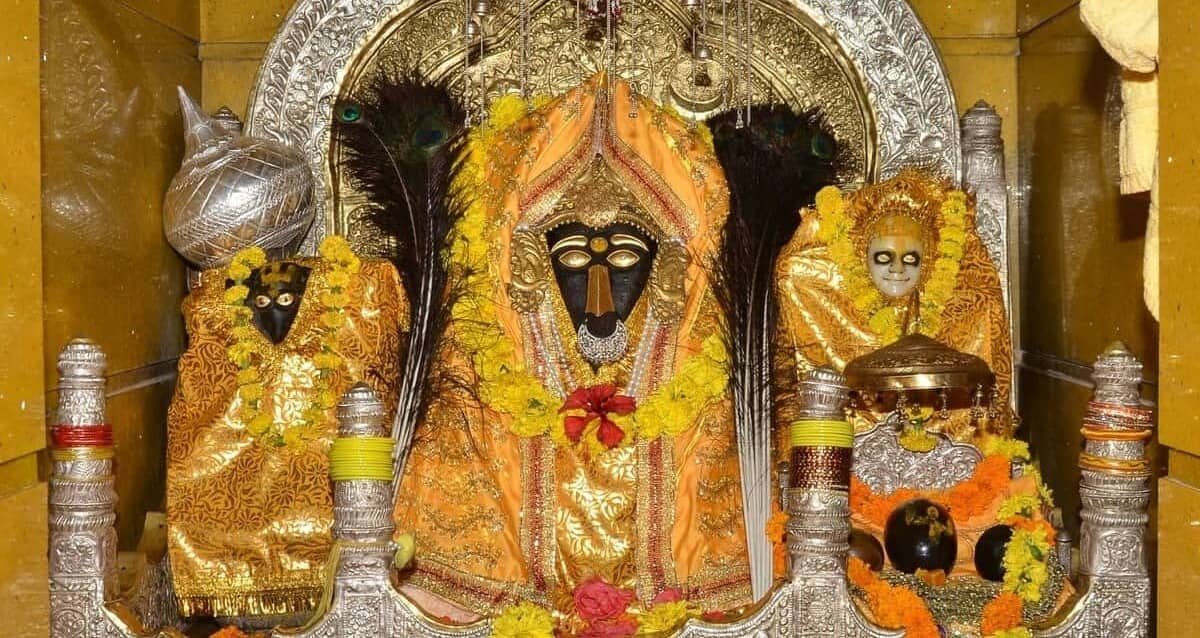The Dhauladhar Range is a mountain range that is a part of the Himalayas located in Himachal Pradesh. It rises in the Shivalik hills north of Kangra and Mandi. It is a beautiful mountain range that rises from the Kangra Valley and extends for about 40 miles from east to west. The average height of the range ranges from 3,500 m to about 6,000 m above sea level. It contains the highest peak of the range, Hanuman Ka Tibba, which stands at an altitude of 5,639 meters. From the banks of the Beas River in Kullu, the border bends towards the city of Mandi in Himachal Pradesh, India. Then, towards the north, it passes through Bada Bhangal and then joins the Pir Panjal range, and joins Chamba.
Dhauladhar Mountain
The Dhauladhar range also holds great religious significance for the people of Himachal Pradesh, as it is believed to be the abode of Lord Shiva. It also includes the Baijnath Temple, which is famous for its intricate stone carvings. Dhauladhar Mountain starts near Dalhousie at the northwest end of Himachal and joins the Beas River in the Kullu district of Himachal Pradesh. They start merging into the Pir Panjal near Manali. They are completely in Himachal Pradesh. The Dhauladhar Range is characterized by its sharp, rocky peaks, deep gorges, and steep gorges. The range is also famous for its snow-capped peaks, alpine meadows, and dense forests. It is home to flora and fauna. The range is home to several popular trekking trails, including the trek to Triund, which offers spectacular views of the range and surrounding valleys. This distinctive profile is best viewed from the Kangra Valley.
Dhauladhar has a distinctive topography. Although composed mostly of granite, the sides of the range display a continuous build-up of slate, limestone, and sandstone. Slate is used for the roofs of houses in this region. The valley is sparsely populated, with a large number of Gaddi herders taking their herds here. The hill stations of McLeod Ganj and Triund are considered to be the closest and most accessible snow lines in the Indian Himalayas.
Dhauladhar Heights Dharamshala
The famous peaks here are Mun Dharamshala 4610 m, Manimahesh Kailash 5653 m in the holy Manimahesh region, Gauri Junda 4946 m, near Talang Pass, some of the famous ones commonly known as ‘Dhauladhar Matterhorn’, Christmas, Toral, Dromedary, Riflehorn goes. Lantern, called Arthur. It receives two monsoons in a year with heavy rainfall.
There are glacial lakes in Dhauladhar. The major one here is Lam Dal Lake which is the largest with a circumference of 2.5 km. It is a very sacred lake and is believed to be the abode of Lord Shiva along with Manimahesh Lake. Pilgrims take a dip here every year when the Manimahesh Yatra begins in August and September. There are other very sacred lakes like Nag Dal/Nag Chhatri Dal.
Dhauladhar View Dharamshala
Dhauladhar View Dharamshala is very beautiful. The Bhagsunag temple is considered sacred. It is dedicated to Nag Devta or Lord King Cobra. Other beautiful lakes are Chandrakup Dal above Laam Dal, Kareri Lake below Minkaini Pass, Holy Kali Kund, and Minkiani Lake. One of the major passes of this range is Indrahar Pass. And it is near Dharamshala. Indrahar Pass forms the boundary between Kangra and Chamba districts. Pollution levels came down in March 2020 amid the COVID-19 lockdown. So less than 200 km away, the Dhauladhar mountain range appeared in Jalandhar, Punjab. This happened after 30 years.









